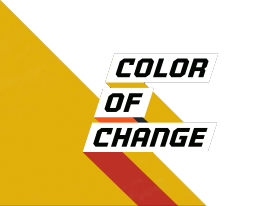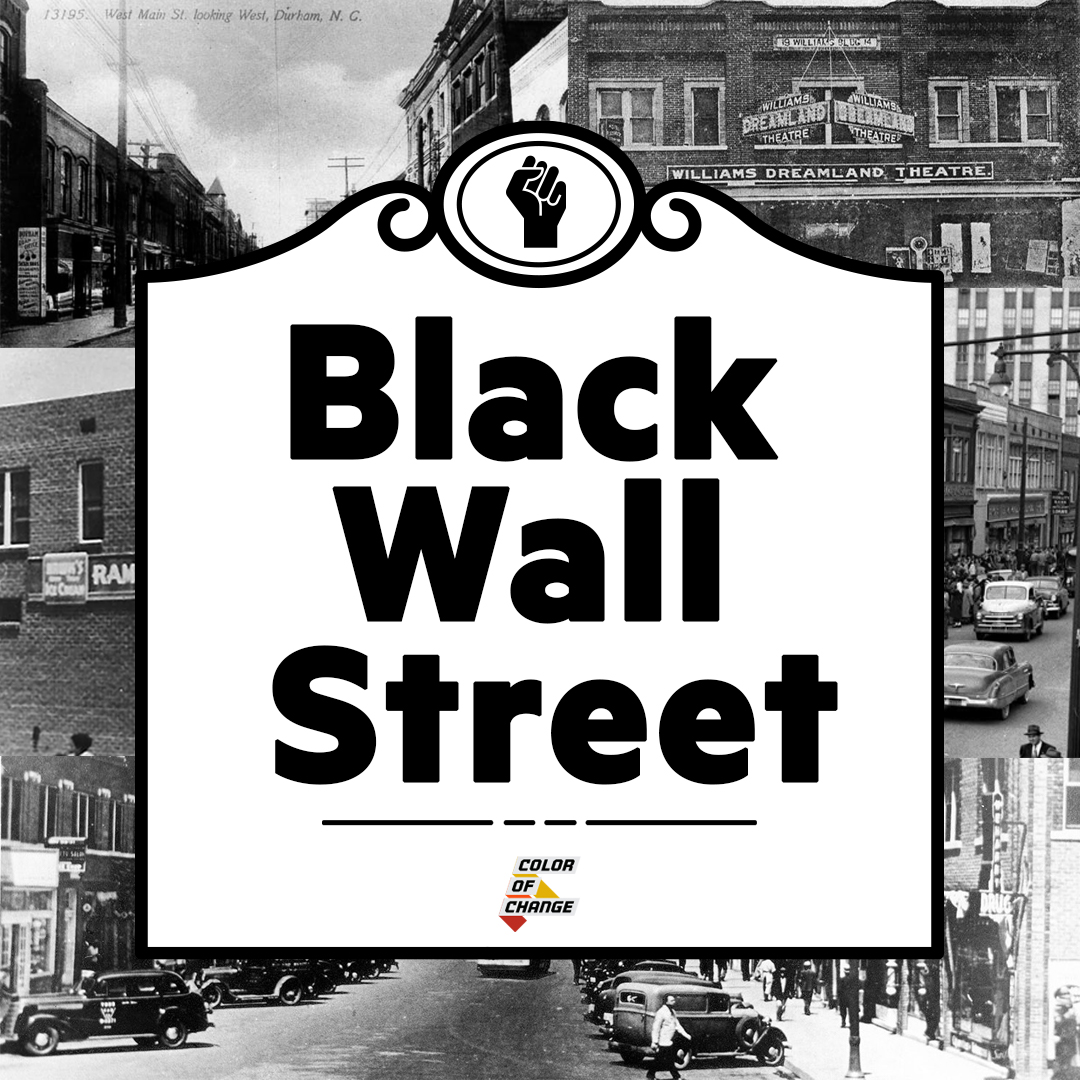The Black towns that housed thriving Black businesses, banks, services, and homes became known as Black Wall Streets. Since the early part of the 1900s, Black Wall Streets existed throughout the country, most namely areas of the South. With few safe spaces for Black banking and business, Black people created safe havens to meet economic and financial needs.
That’s why as we continue to celebrate Black History, we are lifting up our Black Wall Streets and calling for a combined $300 billion reparative investment to help reinvigorate the spirit of the pinnacles of Black success. As HBO’s series, The Watchmen reminds us, harm was done to the folks of Tulsa, Oklahoma; and like Tulsa’s Greenwood neighborhood, themes of entrepreneurship, ingenuity, and fullness resounded with Blackness. After the 1930s, Black Wall Streets would be eroded by state and local governments, urban renewal efforts, gentrification and neighborhood instabilization. The erosion of Black communities would lead to ever-widening disparities. Those disparities serve as the foundation for a bold reparative economic initiative to spark a resurgence of Black Wall Streets.
These are the Black Wall Streets we're calling on local municipalities to restore:
- Durham, NC: The all-Black neighborhood of Hayati (named after the country Haiti)grew to house the North Carolina Mutual Life Insurance Co., the richest Black-owned company during the early 1900’s, which still has assets of over $200 million, as well as the first liberal arts HBCU to be state-funded in 1925 - North Carolina Central University.
- Wilmington, NC: In the late nineteenth century, Wilmington was the largest city in North Carolina and home to a large, affluent Black community. In 1898, Wilmington's "white man" rally was held in the Black Wall Street community where white vigilantes stormed, burned, and attacked the community.
- Columbia, SC: For nearly a century, Columbia’s Black Wall Street was home to hundreds of thriving Black businesses, grocery stores, funeral homes, theatres, and two Black medical facilities. The last remnants were demolished to make way for an area currently known as Assembly and Gadsden Streets in downtown Columbia.
- Richmond, VA: Home to Black-owned banks, insurance companies and other investment groups, the all-Black community of Jackson Ward was originally called the “birthplace of Black capitalism,” leading Richmond into the epicenter of Black finance.
- Birmingham, AL: The area known as “Little Harlem” boasted retail shops, attorneys, banks, insurance companies, doctor’s offices, and half a dozen hotels. The buildings were designed by Black architects and built by Black construction companies, including the six-story structure built by the Black-owned Penny Savings Bank.
- Boley, OK: Boley’s Black Wall Street boasted two colleges, a newspaper, its own water system, five grocery stores, five hotels, seven restaurants, four cotton gins, three drugstores, a jewelry store, four department stores, two insurance companies, two photographers, an ice plant, and a Black-owned electrical plant. Today, Boley hosts the largest and most popular Black rodeos in the country every year.
- Mound Bayou, MS: An all-Black town in the delta of Mississippi, Mound Bayou had a post office, churches, banks, schools and stores. Despite its sharp population decline throughout the century, Mound Bayou still exists and has a 98.6 percent total black population.
Join us in demanding reparations for our Black Wall Streets.


